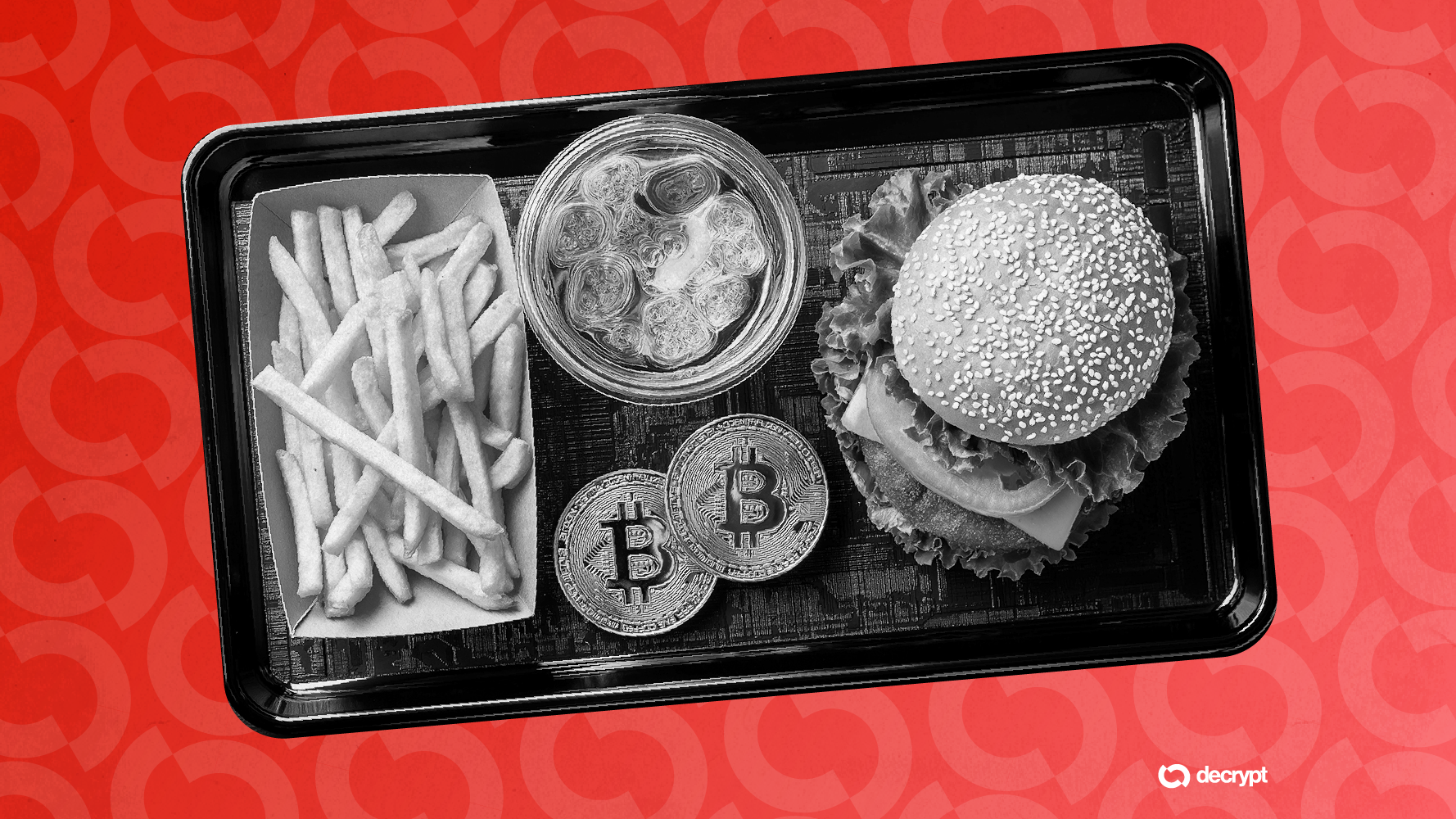Tornado Cash Users Can Prove Fund Legitimacy With New Proof of Association
TLDR
- Tornado Cash users can now verify fund legitimacy using 0xbow’s Proof of Association.
- 0xbow’s new tool helps Tornado Cash users dissociate from over 16,000 illicit addresses.
- The Proof of Association system uses zero-knowledge proofs for privacy compliance.
- 0xbow’s tool provides a public registry for clean, legitimate withdrawal addresses
The launch of the Tornado Cash Proof of Association by 0xbow offers a new way for users of the privacy tool to maintain their anonymity without unknowingly supporting criminal activities. This new system allows users to dissociate their funds from addresses linked to illicit transactions, offering a solution for privacy without compromising compliance. With a growing blacklist of over 16,000 flagged addresses, Tornado Cash users now have the ability to confirm their funds’ legitimacy without revealing personal information.
New Mechanism Bridges Privacy and Compliance
The Tornado Cash Proof of Association is designed to reconcile the need for privacy with regulatory compliance. The tool uses zero-knowledge proofs to verify that a user’s withdrawal address is not linked to known illicit activities. This mechanism ensures that users can prove their funds are legitimate without revealing sensitive personal data.
The Proof of Association works by allowing users to submit their withdrawal address to the system, which then checks it against a curated list of addresses flagged for involvement in criminal activities such as hacking and theft. If the address is clean, the system generates a proof and adds the withdrawal address to a public registry, indicating a legitimate association.
According to a representative from 0xbow, this is the first working model that successfully blends privacy with compliance. The tool is seen as a major step for Tornado Cash users who might be caught in the crossfire of enforcement actions, offering them a way to prove the legitimacy of their funds without breaching their privacy.
Blacklist Includes Over 16,000 Illicit Addresses
The blacklist that forms the basis of the Proof of Association includes over 16,000 addresses linked to activities such as theft, hacking, and phishing. This curated list ensures that users can confirm their funds have not been mixed with those tied to illegal transactions. The ability to verify that their funds are “clean” without exposing any personal details addresses a significant concern for many users who value their privacy but also wish to avoid being tied to criminal activity.
The mechanism allows users to maintain their anonymity while avoiding any association with the illicit uses of Tornado Cash. The public registry also provides transparency, offering a way for others to verify whether certain addresses are linked to any flagged activities.
Tornado Cash’s Controversial History and Legal Uncertainty
Tornado Cash has faced legal challenges in the past, especially following its sanctions by the U.S. Department of the Treasury’s Office of Foreign Assets Control (OFAC) in August 2022. The protocol was accused of facilitating money laundering for groups like the Lazarus Group, a North Korean hacking organization.
While the protocol was removed from OFAC’s sanctions list after a court ruling in favor of Tornado Cash, legal uncertainties continue to surround the project. Some exchanges and financial institutions remain cautious about interacting with Tornado Cash users, concerned about the source of funds. This has prompted calls for solutions that allow users to prove their funds’ legitimacy without violating their right to privacy.
0xbow’s Commitment to Privacy-Compliance Solutions
0xbow, the team behind the Privacy Pools project, has emphasized the importance of responsible use of privacy tools like Tornado Cash. Co-founder Ameen Soleimani stated that if users continue to interact with Tornado Cash without dissociating their funds from tainted addresses, they are indirectly supporting illicit activities.
With the introduction of the Tornado Cash Proof of Association, 0xbow aims to give users a way to responsibly use privacy features while still adhering to legal standards. By providing a mechanism for users to prove that their funds are not associated with criminal actions, 0xbow hopes to foster a safer environment for privacy-driven transactions.
The post Tornado Cash Users Can Prove Fund Legitimacy With New Proof of Association appeared first on CoinCentral.
You May Also Like

Steak ‘n Shake Dumps Ethereum Payments Plan After Pushback From Bitcoin Maxis

Modeling Miner Incentives in Discounted Transaction Fee Mechanisms
